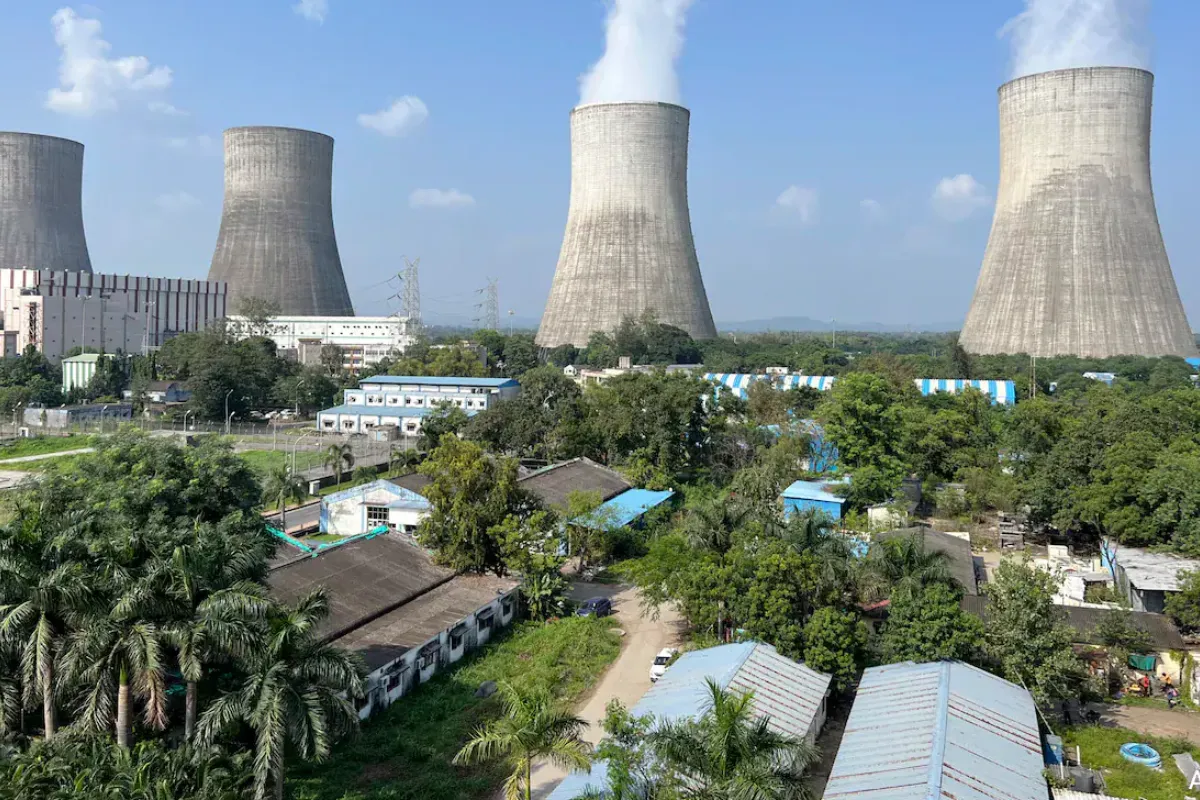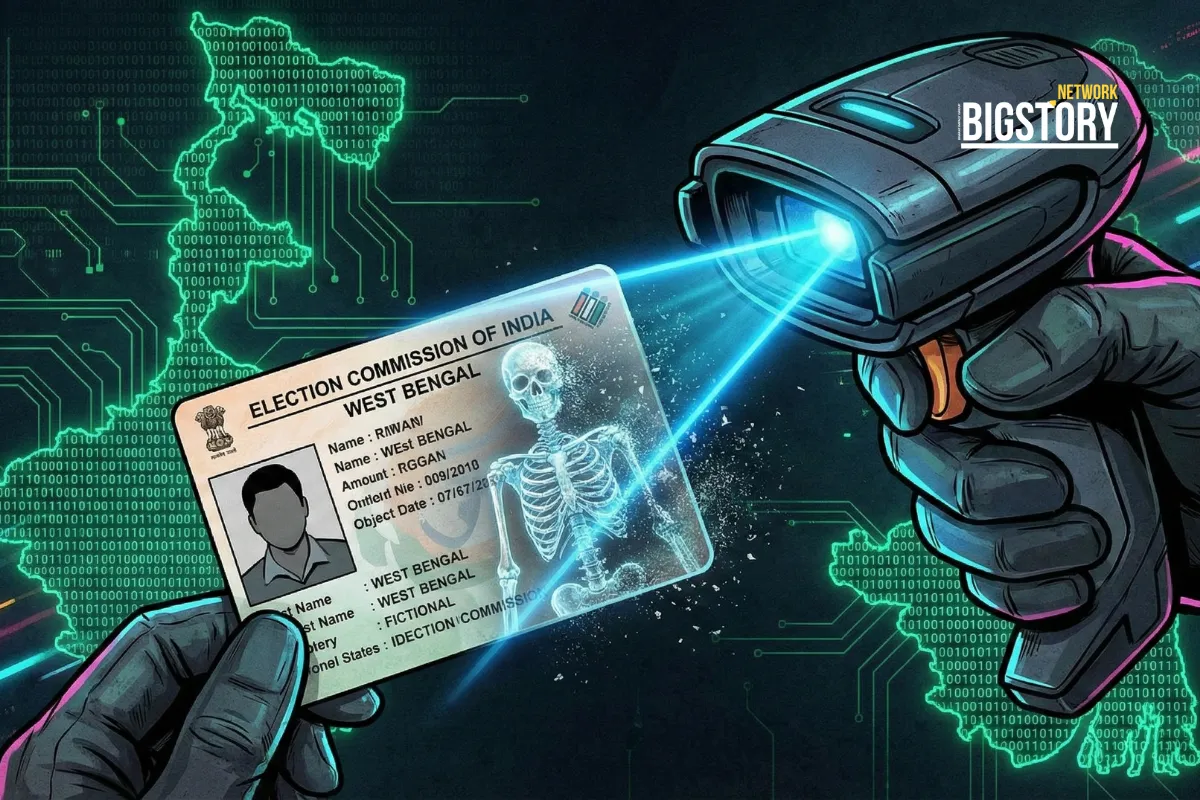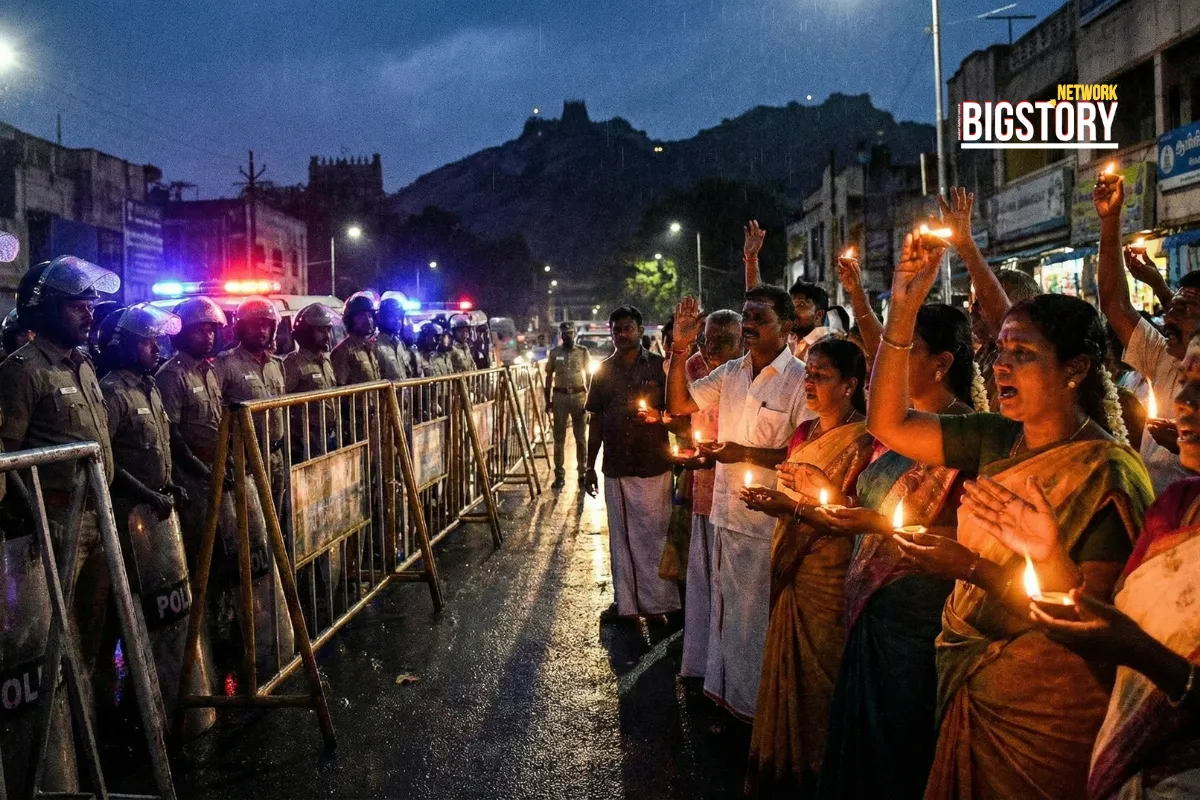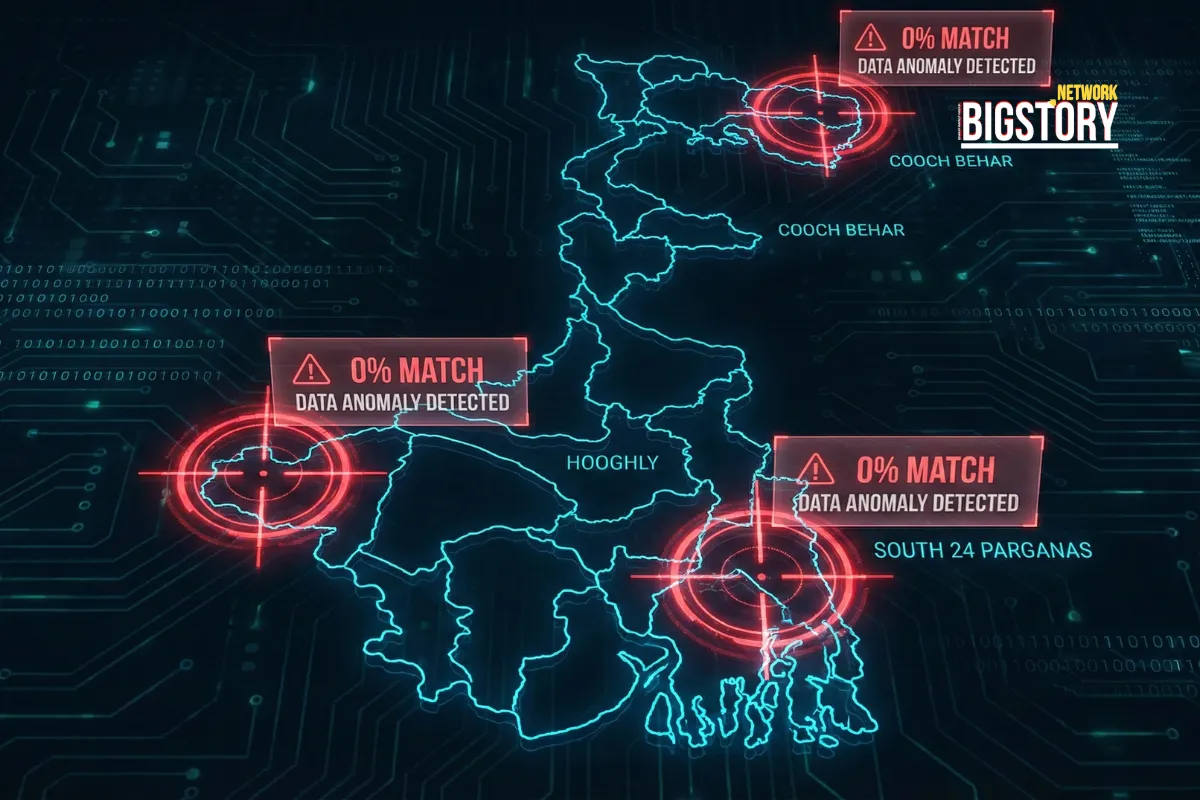Prime Minister Narendra Modi has announced that India is aiming for a tenfold increase in nuclear energy capacity by 2047, a key part of the country's vision for energy independence.
 Manish Saini
Manish Saini

In a major strategic announcement on the 79th Independence Day, Prime Minister Narendra Modi declared that India is on an ambitious path to increase its nuclear energy capacity by over ten times by 2047. This bold vision is a cornerstone of the country's "Viksit Bharat" (Developed India) roadmap, aimed at achieving energy independence and meeting its climate goals. After decades of a cautious, state-run approach, this renewed push signifies a pivotal moment in India's energy transition, signaling a serious commitment to nuclear power as a clean, reliable, and secure source of electricity.
India currently has an installed nuclear energy capacity of around 8.8 GW, which contributes less than 2% to its total power capacity. The new target aims to raise this to at least 100 GW by 2047, a dramatic increase that would make nuclear power a major pillar of India’s energy mix. To achieve this, work is already progressing rapidly on 10 new nuclear reactors, with plans for many more in the pipeline.
This ambitious goal is driven by the recognition that while renewable sources like solar and wind are expanding rapidly, their intermittent nature requires a stable, "firm" power source to meet the massive and growing energy needs of a developing economy. Nuclear energy, with its continuous and high-volume output, is seen as the perfect partner for renewables.
To achieve this ten-fold increase, the government has adopted a multi-pronged strategy that involves major policy reforms, new projects, and a renewed focus on private sector participation.
The massive push for nuclear energy is rooted in India's three-fold strategic imperative for the 21st century:
Atmanirbhar Bharat (self-reliant India).Conclusion: India’s nuclear energy ambition is no longer a footnote in its development story. It is a central plotline, backed by strong policy support, significant investment, and a clear vision. While challenges related to safety, public perception, and project execution remain, the government’s commitment to reforms and private-sector partnerships is a clear indication that this time, the push for nuclear power is real. The success of this mission will not only secure India's energy future but also establish it as a leader in clean, cutting-edge nuclear technology.






Sign up for the Daily newsletter to get your biggest stories, handpicked for you each day.
 Trending Now! in last 24hrs
Trending Now! in last 24hrs



